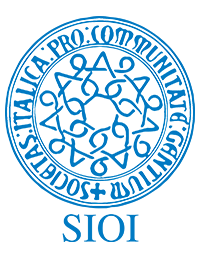Technology and innovation have long been known to be key drivers of growth allowing companies and countries to better compete. The recent U.S. infrastructure bill aims to foster such growth by providing for investments in digital infrastructure. However, these investments are nearly exclusively focused on better and more accessible broadband. Complementary to broadband, open technologies—those for which the underlying intellectual property, whether it is source code or hardware design, is publicly available—are playing an increasingly important role in the modern economy and companies’ and countries’ ability to innovate. In particular, open source software (OSS) and open source hardware (OSH) have become critical building blocks for both everyday products (cell phones, cars, household appliances, etc.) and cutting-edge emerging technologies (artificial intelligence, big data analytics, etc.). However, since most OSS and OSH is available for free and created through distributed efforts rather than by one particular company, it can be difficult to understand the full economic impact of these critical technologies.
Digital infrastructure is more than just broadband: What the US can learn from Europe’s open source technology policy study (Frank Nagle, Brookings)
Related articles



